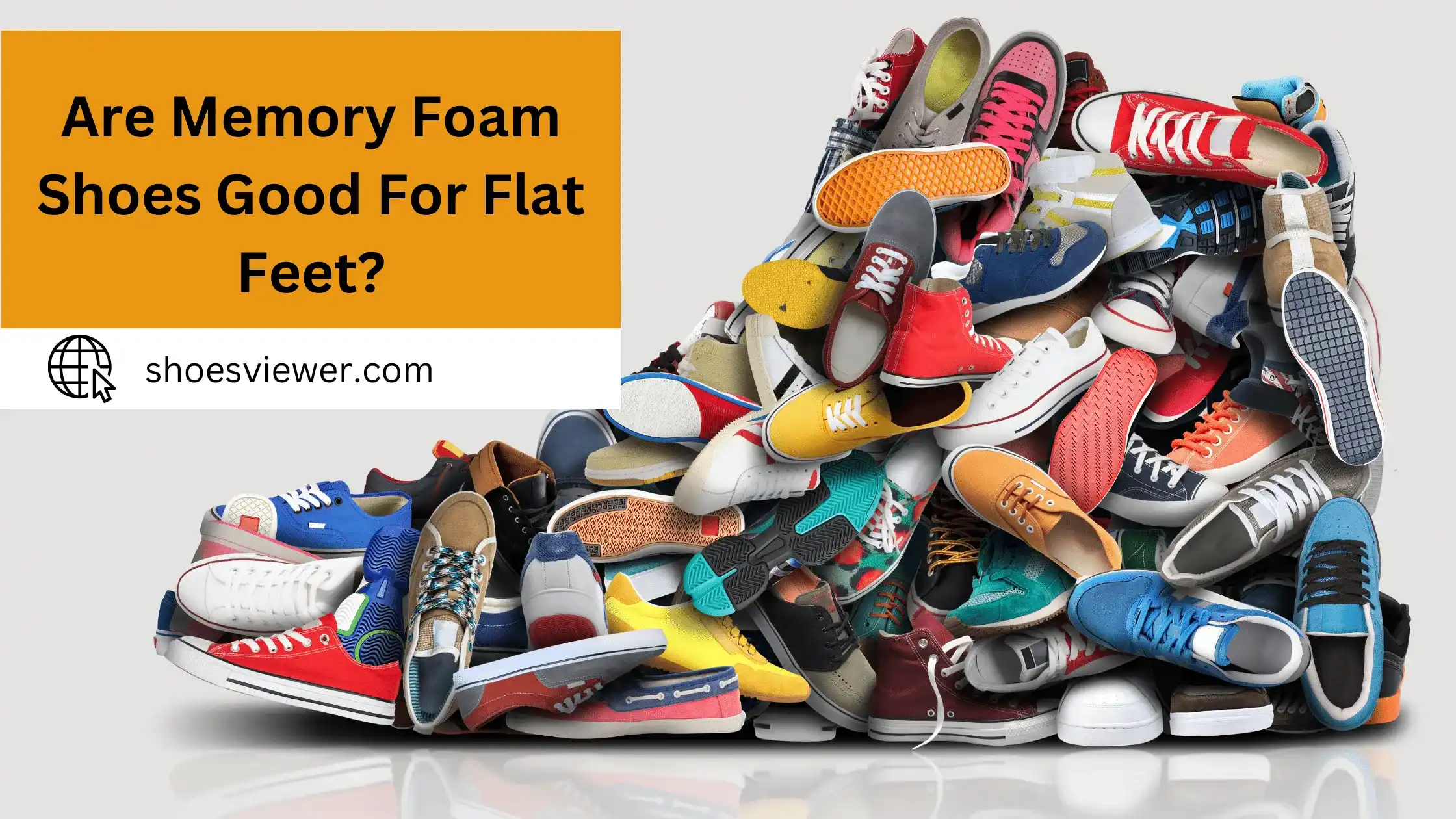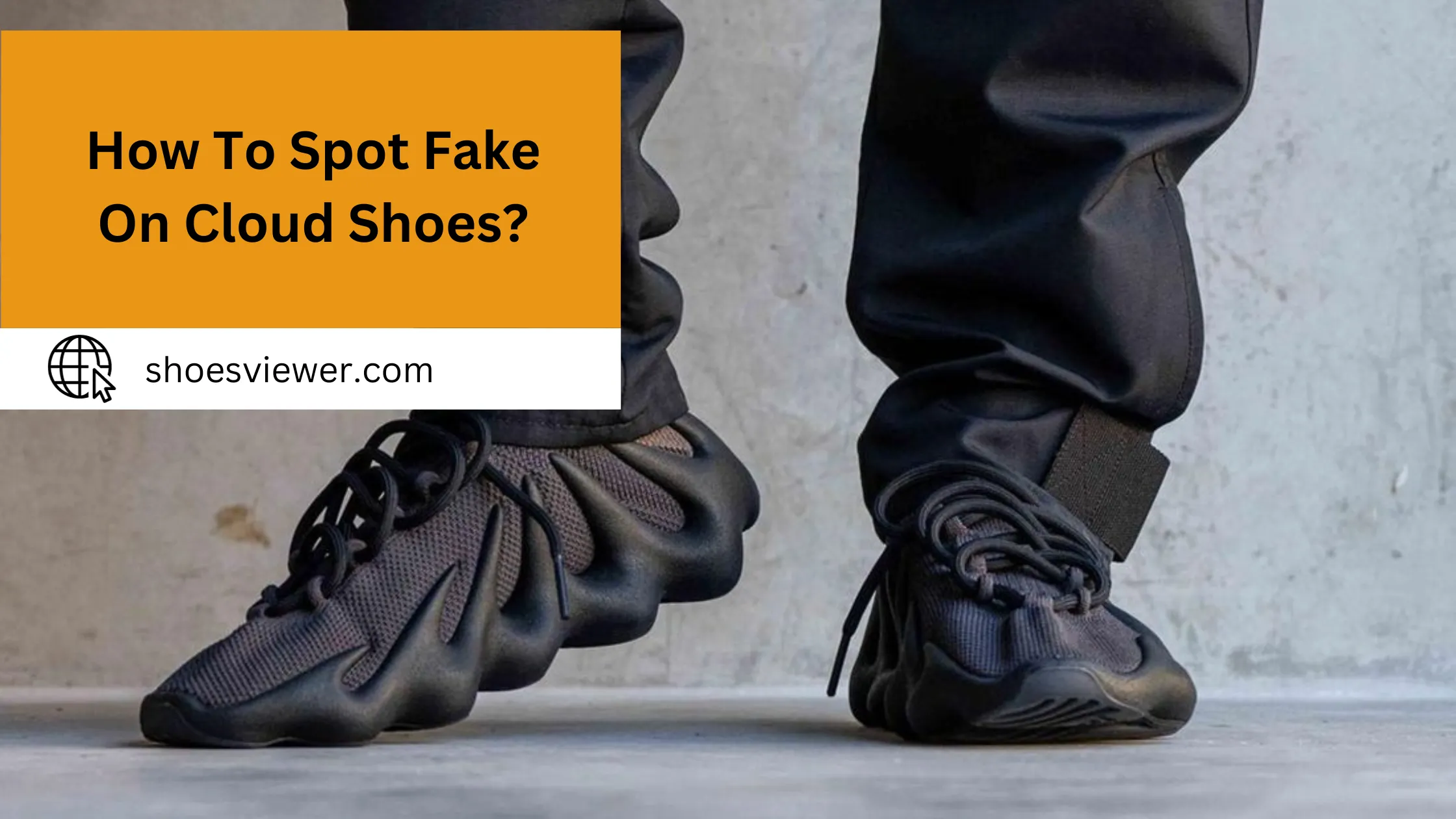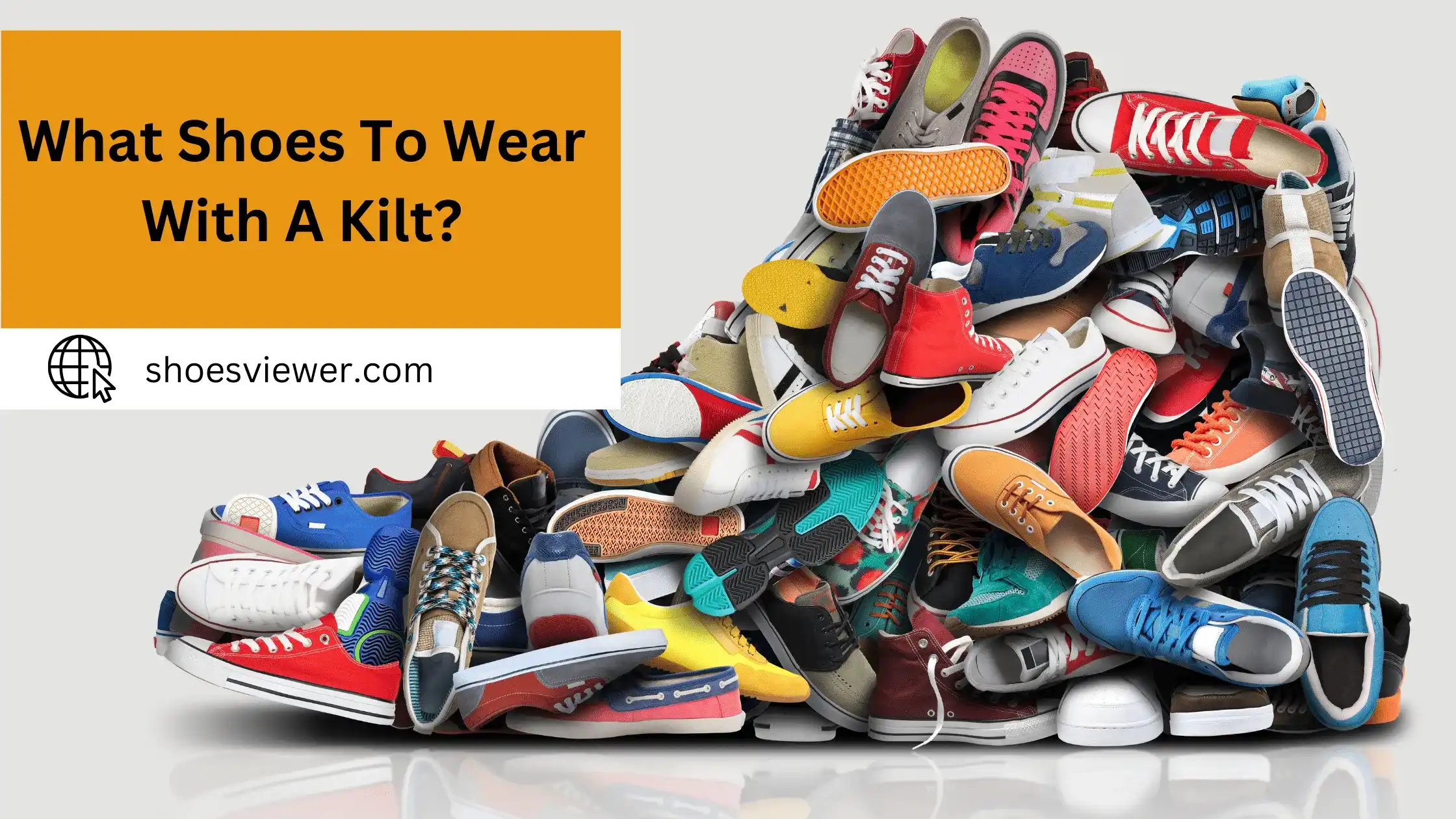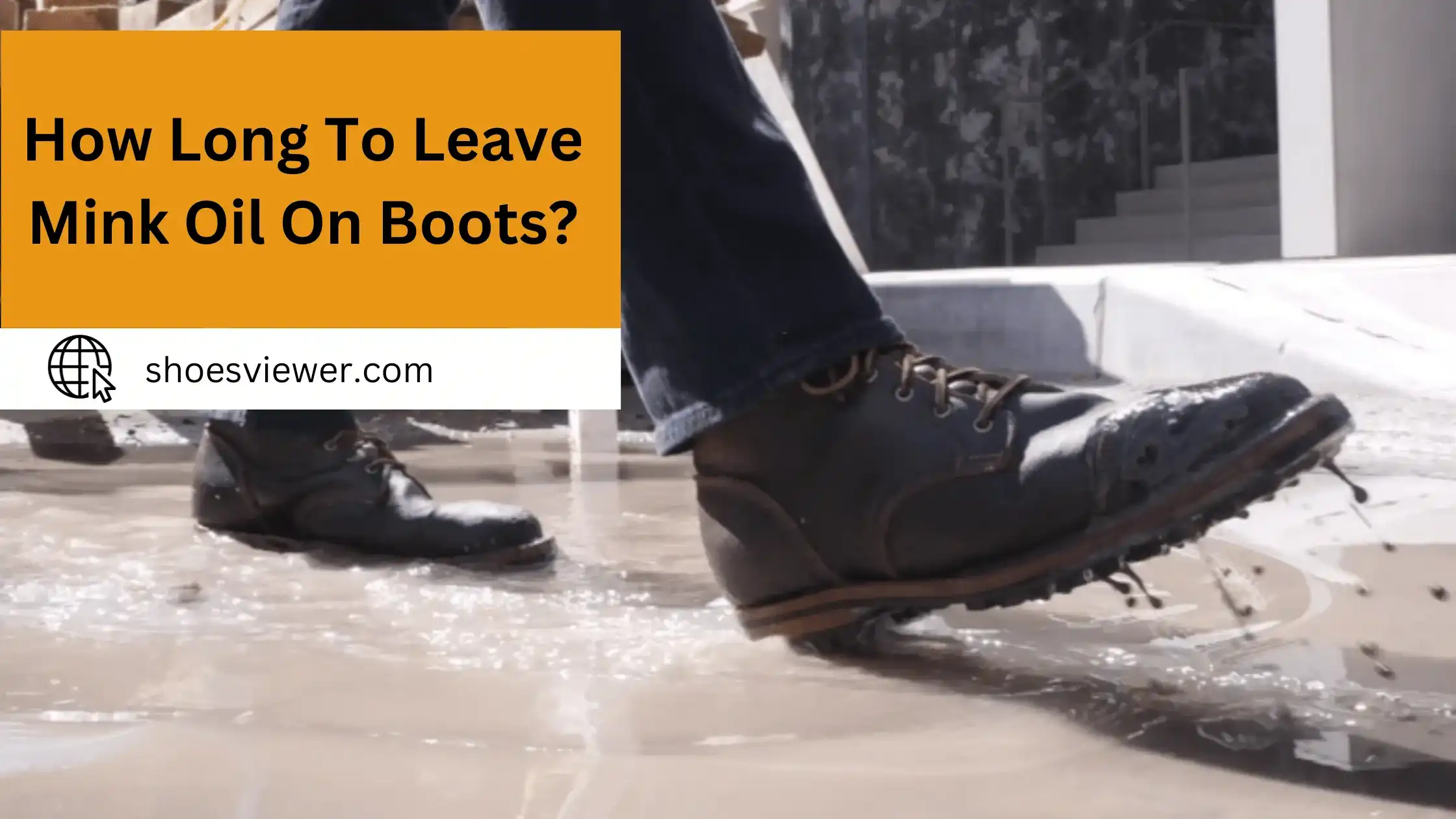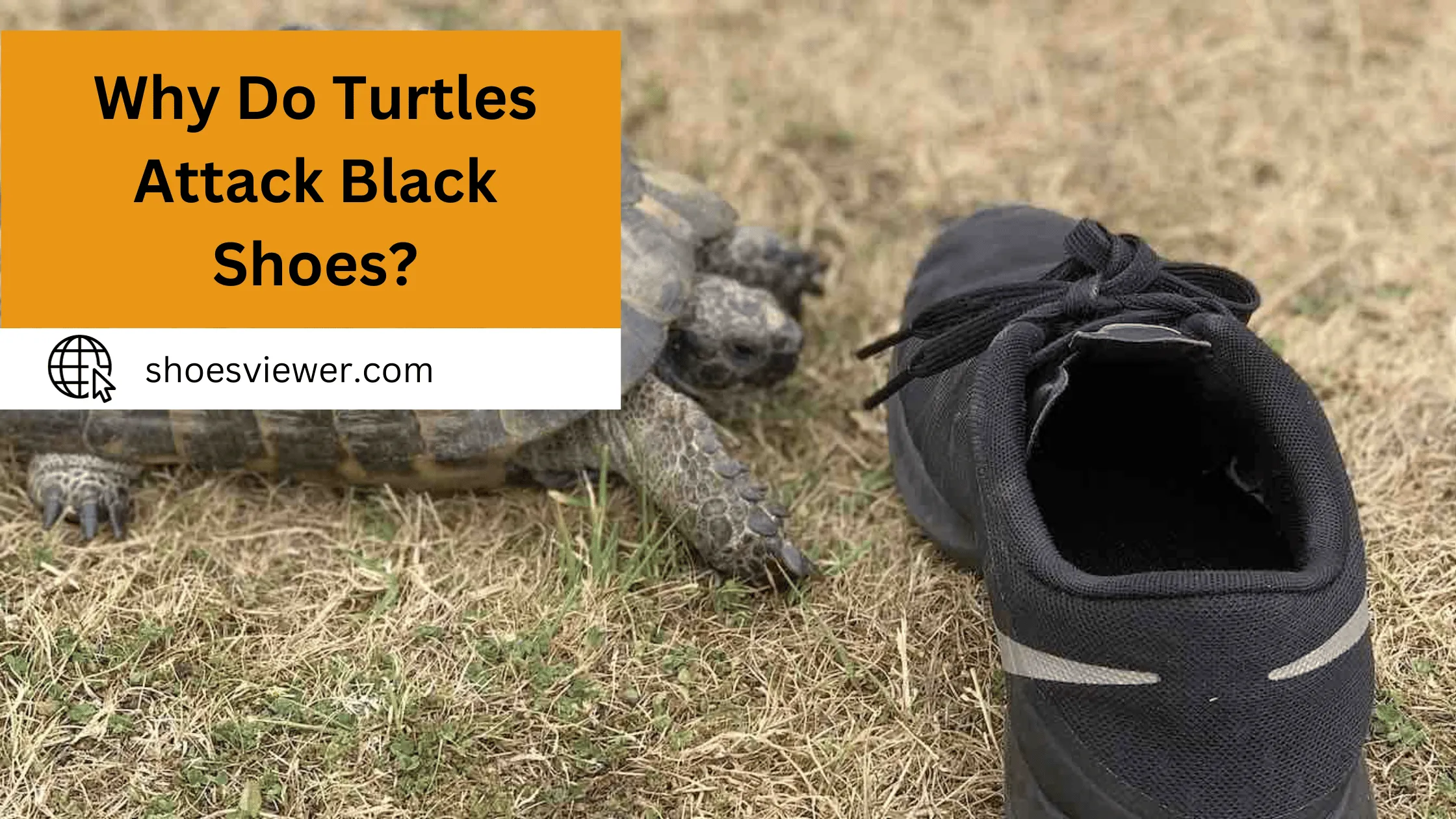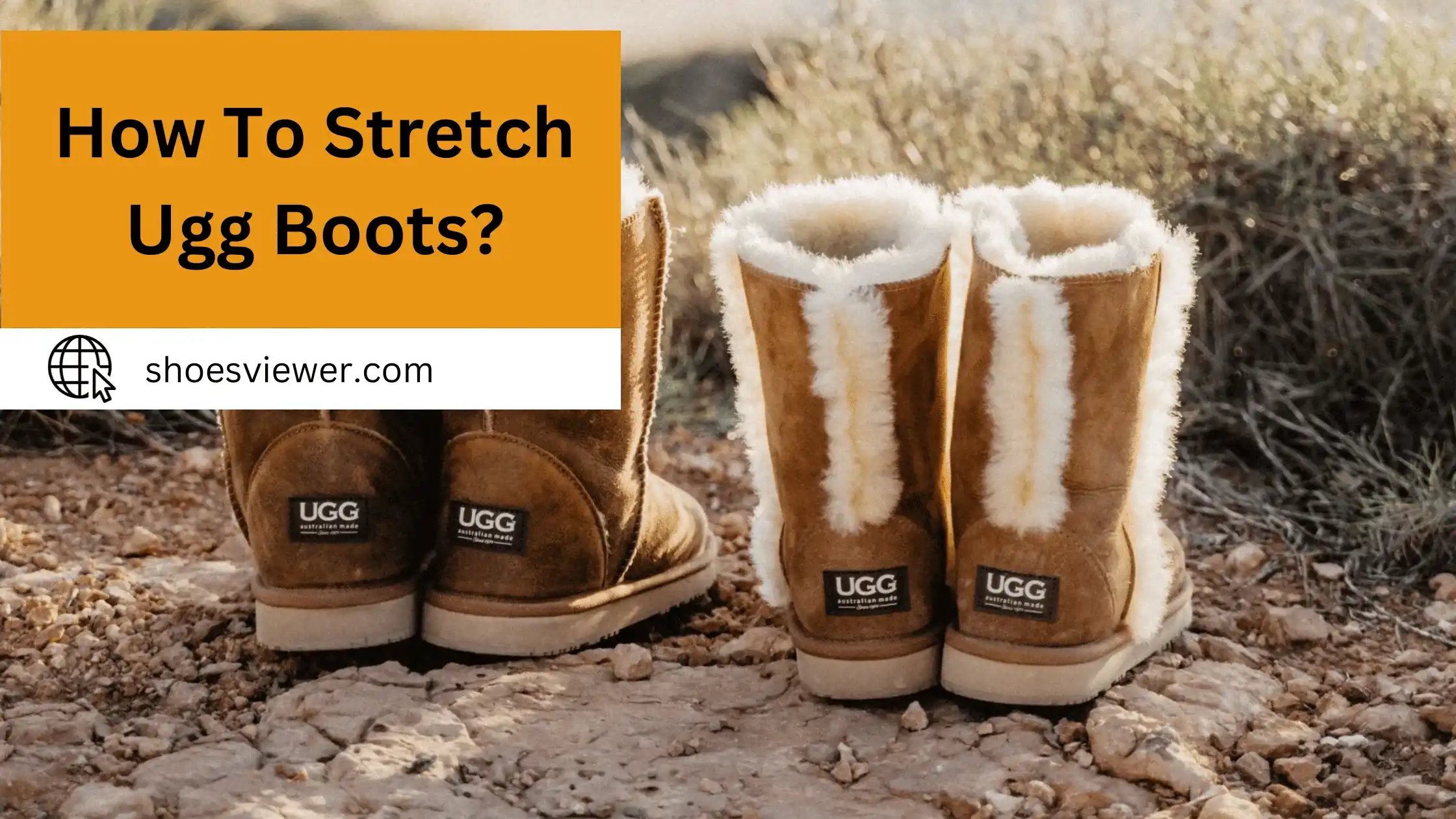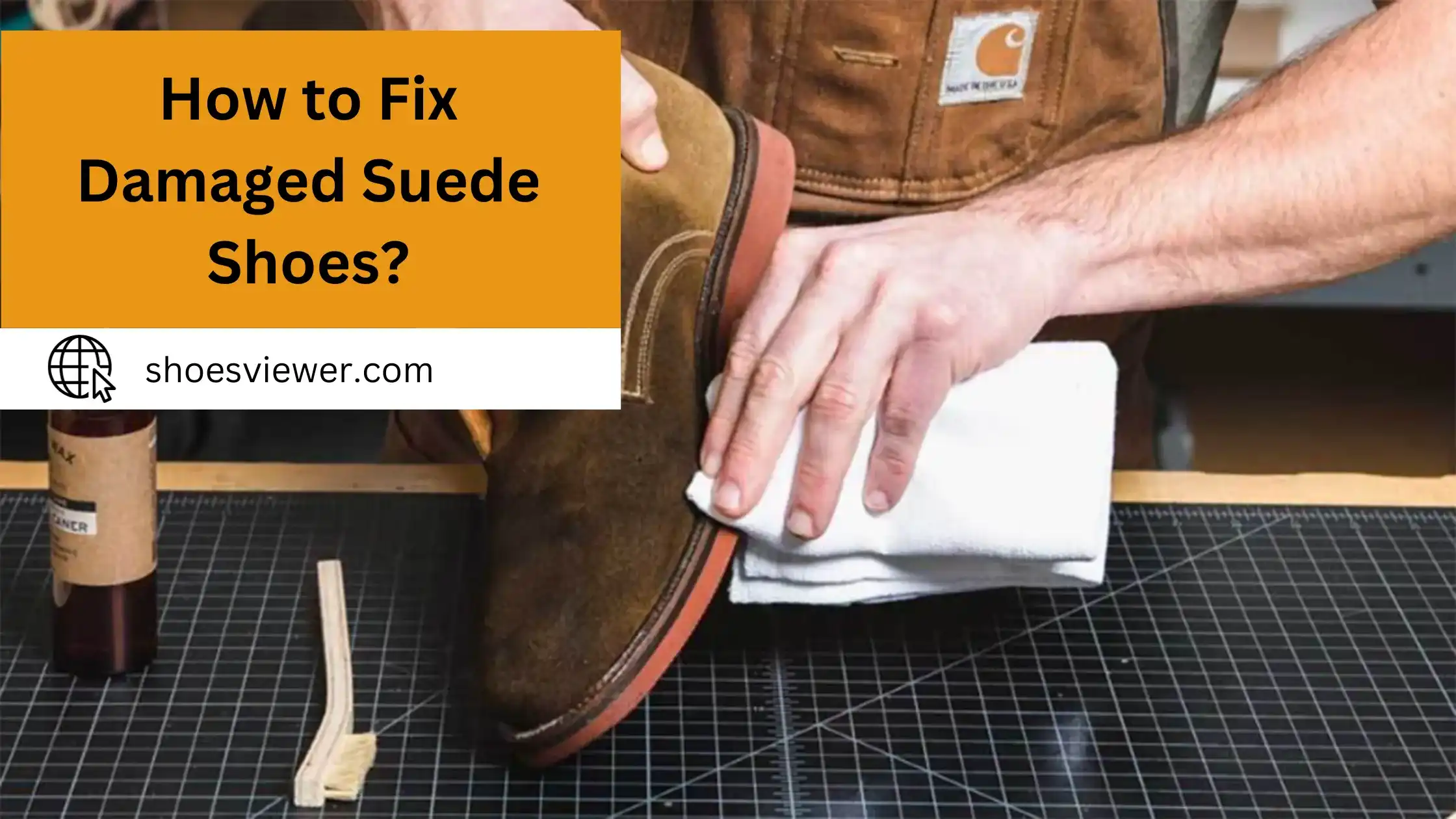If you suffer from flat feet or have ever experienced any discomfort related to your feet while walking, you may feel like finding comfortable shoes is quite an impossible task. That’s why memory foam shoes have recently gained so much attraction. Come along as we dive deeper into whether memory foam shoes suit people with flat feet, and learn about its various benefits!
Flat feet, also known as fallen arches, is a condition where the foot’s arch is either partially or fully collapsed, resulting in the foot’s sole coming into near or complete contact with the ground. People with flat feet often experience discomfort and may struggle to find footwear that offers proper support.
Memory foam shoes are beneficial for individuals with flat feet. These shoes provide a cushioned surface that conforms to the foot’s contours, offering enhanced support and reducing strain on the arch. Memory foam’s ability to distribute weight evenly across the foot surface also alleviates pressure points and can help mitigate the discomfort associated with flat feet.
The Science Behind Memory Foam: How Does It Support Flat Feet?
Memory foam, developed initially for space travel by NASA, stands out in footwear due to its viscoelastic properties. This unique blend of viscosity and elasticity enables the material to mold closely to an object’s shape under pressure and temperature.
For individuals with flat feet, this becomes particularly beneficial. As the foot contacts the shoe, the memory foam yields and contours to its specific shape, ensuring an even weight distribution. This process helps alleviate stress and strain often associated with flat feet, minimizing the pressure on localized areas.
Furthermore, the foam provides a cushioning effect, dampening the shocks from walking or running. But beyond mere cushioning, memory foam dynamically adapts with each step, ensuring continuous support for the flat-footed individual.
Analyzing The Pros of Memory Foam Shoes for Flat Feet:
Memory foam shoes have gained immense popularity, particularly for those with specific foot concerns like flat feet. The unique characteristics of memory foam present several advantages:
1. Tailored Support:
Memory foam shoes adapt to the shape of the individual’s foot, providing a customized fit. For those with flat feet, the shoe will mold to the nuances of their specific foot structure, ensuring tailored support.
2. Pressure Point Relief:
Flat-footed individuals often experience discomfort due to uneven weight distribution, leading to pressure points. Memory foam helps redistribute this weight, alleviating pressure and reducing the risk of pain.
3. Consistent Comfort:
Memory foam maintains its cushioning properties throughout the day. Regardless of how long someone is on their feet, the foam adjusts and provides comfort, making it suitable for prolonged wear.
4. Improved Shock Absorption:
Flat feet can sometimes lead to increased stress on the foot and leg due to poor shock absorption. Memory foam shoes can mitigate this by efficiently absorbing the impact of each step.
5. Versatility in Design:
Technological advancements have incorporated memory foam into various shoe designs, from athletic shoes to formal wear. Individuals with flat feet can benefit from memory foam support across different footwear types.
6. Temperature Sensitivity:
The foam’s reaction to warmth ensures it remains pliable and soft when worn, providing a cozy and snug fit, especially during colder months.
Unveiling The Cons of Memory Foam Shoes For Flat Feet:
While memory foam shoes offer various benefits, especially for individuals with flat feet, they also come with certain drawbacks. Here’s an analysis of some of the potential disadvantages:
1. Heat Retention:
One of memory foam’s most frequently cited issues is its tendency to retain heat. This can increase foot sweat and discomfort, particularly during warmer months or intense physical activity.
2. Durability Concerns:
Memory foam can compress and lose its cushioning properties over time, especially if worn frequently. This means that the supportive qualities can diminish, necessitating more frequent replacements than shoes with other types of cushioning.
3. Lack of Rigidity:
While memory foam offers excellent cushioning, it may not provide the rigid support needed by some flat-footed individuals, especially those who require orthopedic correction.
4. Potential for Overpronation:
Because of its softness, memory foam might not adequately prevent overpronation, a common issue among those with flat feet. Overpronation can lead to other complications, like shin splints or knee pain.
5. Slow Response in Cold Weather:
As memory foam reacts to heat by becoming more pliable, it can become stiffer in colder temperatures. This might reduce its adaptive properties until it warms up from body heat.
6. Weight:
Memory foam tends to be denser and heavier than some other cushioning materials. This can result in slightly heavier footwear, which might only be ideal for some activities.
What Makes Memory Foam Shoes Unique?
Memory foam shoes have carved a distinct niche in footwear due to their unparalleled adaptability and comfort. Initially developed by NASA in the 1960s, memory foam’s viscoelastic nature gives it the ability to respond to pressure and temperature. When a foot steps into a memory foam shoe, the material gently conforms to its contours, creating a personalized mold. This results in an even distribution of weight and minimizes pressure points.
Beyond its immediate comfort, the memory foam’s responsiveness ensures that the shoe readapts with each step, providing continuous support. Such adaptability and tailored fit set memory foam shoes apart from other footwear materials.
Expert Opinions: What Podiatrists Say About Memory Foam and Flat Feet?
Podiatrists, the specialists in foot care, have provided varied opinions regarding the use of memory foam shoes for flat feet. Here’s a summary of some common perspectives:
1. Individualized Approach:
Many podiatrists stress that footwear choices should be individualized. What works for one person may not necessarily work for another, even if they both have flat feet.
2. Support vs. Cushioning:
Memory foam provides excellent cushioning but not necessarily structured support. For some with flat feet, cushioning is enough. For others, especially those with more severe pronation issues or pain, structured arch support might be required.
3. Short-Term vs. Long-Term:
While memory foam can offer immediate comfort, some podiatrists caution that other interventions (like custom orthotics) might be needed for long-term correction or support.
4. Potential for Overpronation:
Some podiatrists note that the softness of memory foam might not adequately control overpronation, which can be a concern for flat-footed individuals.
5. Not a Cure-All:
While memory foam shoes can provide relief and comfort, they are not a cure for flat feet or associated conditions. Proper evaluation and holistic treatment are essential.
How to Choose the Right Memory Foam Shoes for Flat Feet?
If you’re considering memory foam shoes for flat feet, here are some guidelines to help you make an informed decision:
- While memory foam provides comfort, the overall structure of the shoe is essential. Look for shoes that combine memory foam, a supportive midsole, and a stable heel counter.
- Memory foam shoes come in various thicknesses. Choose a viscosity that offers the right balance of cushioning and support, depending on your preference.
- Since memory foam can retain heat, it’s worth opting for shoes with breathable uppers or moisture-wicking linings to enhance comfort.
- If you’re seeking memory foam shoes for a particular activity, like running or hiking, ensure the design caters to that specific activity’s demands.
- Always try the shoes on and take a brief walk. Pay attention to how your arches feel and whether the shoe offers adequate support.
- Before making a final decision, consider getting an opinion from a podiatrist, especially if you have significant concerns or pain related to your flat feet.
Conclusion:
After looking at the various aspects of memory foam shoes and how they can benefit those with flat feet, it’s clear that they can be beneficial in some ways. Memory foam shoes typically have cushioning built in for the sole of your foot, making them ideal for those with flat feet who need more support as they walk or run. Ultimately, you should consider all factors when deciding on the best type of shoes for your particular needs.
